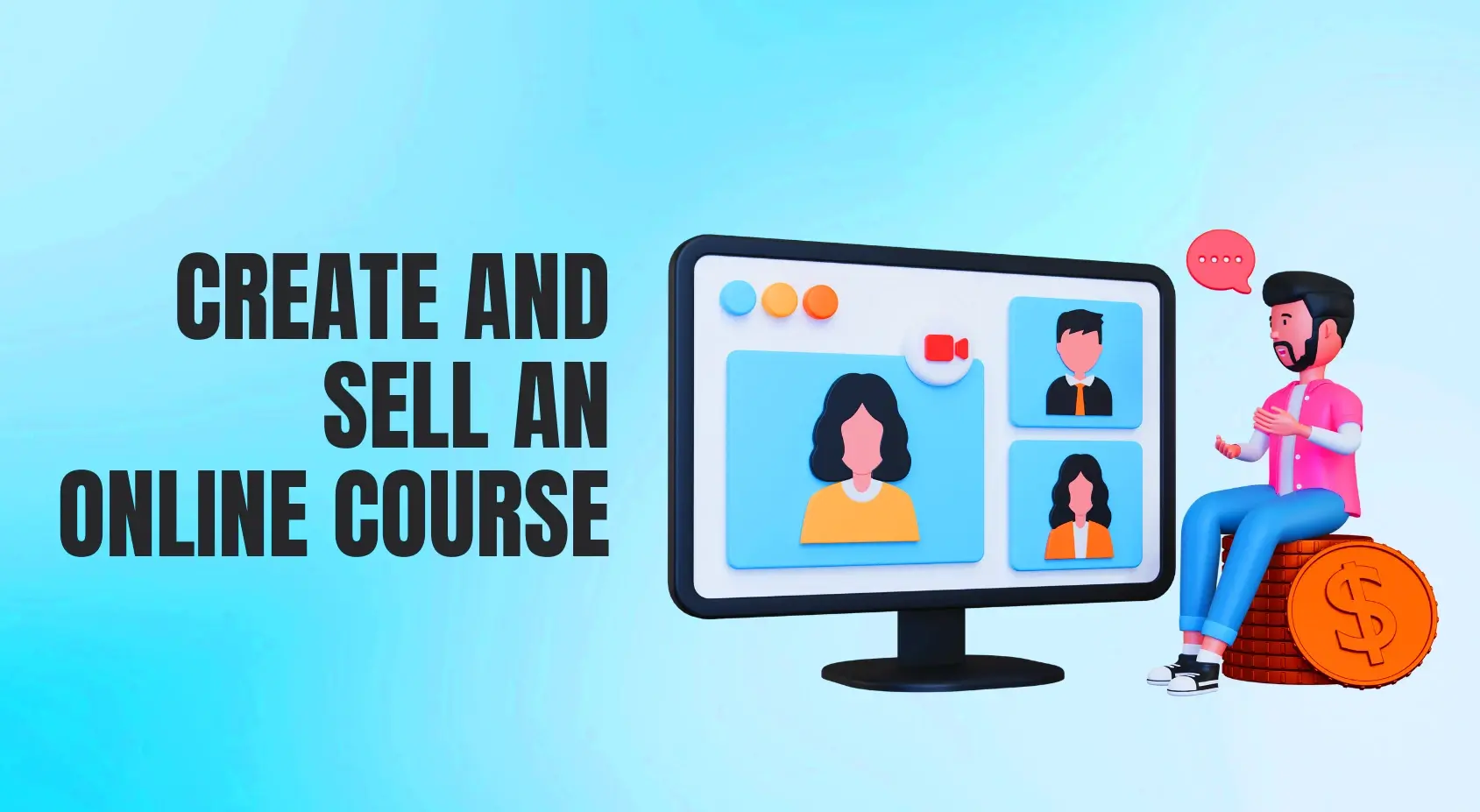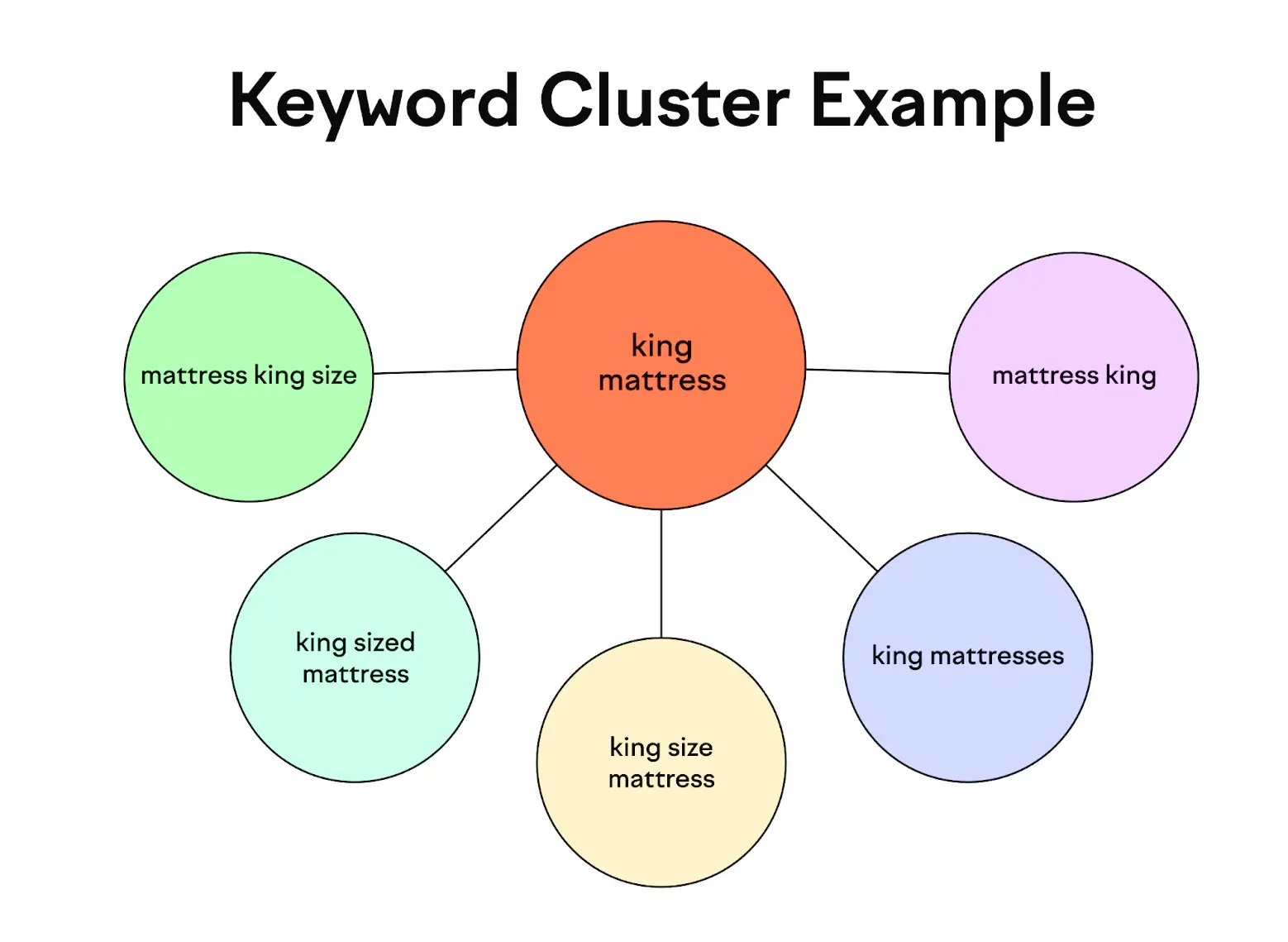Your brain is a vault of valuable knowledge. You’ve got skills, insights, and a way of seeing the world that is entirely your own. For years, this expertise has served you, your company, or your clients well. But what if you could take that priceless knowledge, package it, and sell it to a global audience? The online course industry isn't just big; it’s a modern gold rush, a chance to turn your unique wisdom into a scalable business.
The idea can be intimidating. Where do you even begin? Is anyone going to buy what you have to teach? The path from a great idea to a profitable online course is not a mystery—it’s a process. This guide will walk you through every step, from the moment of inspiration to the thrill of your first sale. We will cover the strategy, the tools, and the mindset you need to make your expertise a source of income. Consider this your masterclass on how to create and sell an online coursethat leaves a lasting impression and builds a new revenue stream for your brand.
The Spark: Finding Your Course Idea
Every great product begins with a great idea. Your online course is no different. The key here isn't to think of something nobody has ever taught before, but to find a topic that you can speak about with authority and that solves a real problem for a specific audience.
The Self-Audit: What Do You Know?
Take a moment to step back and audit your own skills. Ask yourself:
- What questions do people consistently ask you for help with?
- What are you an absolute wizard at in your professional life?
- Is there a specific journey you’ve taken—from beginner to expert—that you could teach others to replicate?
Your ideal course idea is likely hiding in plain sight, in the everyday things you do that others find challenging. Look for the intersection of your unique skills, your passions, and a genuine market need.
Validating Your Idea
Before you pour hours into creating your course, you have to know if people will actually pay for it. This is where you become a market detective.
- Talk to Your Audience:Post a poll on social media, send an email to your list, or simply ask a few people in your network. Ask them about their struggles and what kind of solutions they would pay for.
- Scan the Competition:Look at other courses in your niche. Are they selling well? What are the students saying in the reviews? This isn't about copying; it's about finding gaps in the market. Maybe you can offer a more in-depth course, a more practical one, or one with a different perspective.
- Start Small:Offer a mini-course or a webinar on your topic. This is a low-risk way to see if there is real interest and to get valuable feedback before you build a full-fledged course.
Key Takeaway:Your course idea should be rooted in your expertise and validated by a real market need. Don't build a product and then look for customers—find a problem and build a solution.
The Blueprint: Structuring Your Course Content
Once you have a solid idea, it's time to build the blueprint. A well-structured course is the difference between a satisfied student and a frustrated one. You want your students to feel like they are on a clear journey from point A to point B.
The "Backward Design" Method
Think about the end result first. What do you want your students to be able to do or understand when they finish your course? Once you know the final outcome, you can work backward to create the steps needed to get there.
- Define Your Learning Outcomes:What are the specific, measurable skills your students will gain? For example, instead of "understand social media," a better outcome is "create a content calendar and schedule posts for one month."
- Break It Down into Modules:Divide your course into logical, bite-sized sections. Each module should focus on a single topic or a major step in the journey.
- Create Individual Lessons:Within each module, design individual lessons that are short and focused. This prevents students from feeling overwhelmed.
Research from the University of Calgary's Taylor Institute for Teaching and Learningsupports this method, emphasizing that organizing content into small, logical units makes learning more effective.
Planning for Engagement
A good course isn’t a one-way lecture. It’s an interactive experience.
- Use Multiple Formats:Mix up your content. Use video lessons, downloadable worksheets, quizzes, and real-world case studies to keep things interesting.
- Build in Interaction:Create opportunities for your students to interact with the material and with each other. A private community, discussion boards, or live Q&A sessions can make the course feel more like a community and less like a solo project.
Key Takeaway:Your course structure should be a clear, logical path that guides students from a problem to a solution. Plan for engagement from the very beginning.
The Production: Creating and Filming Your Course
This is often the part that trips people up. Don't let a fear of expensive cameras or editing software stop you. Today, you can create a high-quality course with surprisingly simple tools.
Filming Your Video Content
You don't need a professional studio. The key is good lighting and clear audio.
- Lighting:Natural light from a window is often the best choice. For a more professional setup, a simple ring light works wonders.
- Audio:Your audio is more important than your video. A quiet room and a quality microphone will make a huge difference in how your course is received.
- Video:A modern smartphone can produce excellent video quality. For a more polished look, a simple DSLR camera can elevate your production.
A Note on Presentation
Confidence is everything. Look directly at the camera, speak with energy, and remember that you are the guide. Your students are looking to you to lead them. Being a little rough around the edges is often more authentic and relatable than being overly produced.
Key Takeaway:Production doesn't have to be a barrier. Focus on clear audio, good lighting, and confident delivery.
The Launchpad: Choosing the Right Platform
Where you host your course is a critical decision. The right platform can make your life easier; the wrong one can be a headache. There are two main types of platforms: all-in-one and marketplace.
Table: All-in-One vs. Marketplace Platforms
| Feature | All-in-One Platforms (e.g., Teachable, Podia) | Marketplace Platforms (e.g., Udemy, Skillshare) |
|---|---|---|
| Control | You have full control over pricing, branding, and student data. | Limited control over pricing and branding. |
| Audience | You are responsible for bringing your own audience to your course. | The platform provides a built-in audience of millions. |
| Pricing | You set your own prices and keep most of the revenue (typically 80-100%). | The platform dictates pricing and takes a larger share of the revenue (sometimes up to 50%). |
| Community | You can build a private, branded community around your course. | Your students are part of the platform's broader community. |
The choice between the two depends on your goals. If you already have an audience and want full control over your brand and pricing, an all-in-one platform is probably the better choice. If you're starting from scratch and want to get your course in front of a massive audience, a marketplace can be a good starting point.
Key Takeaway:The right platform for your course depends on whether you value a built-in audience or full control over your brand.
The Hustle: Marketing and Selling Your Course
A great course that nobody knows about is a shame. Once your course is built, the work shifts from creation to promotion. This is where your personal brand truly shines.
Pre-Launch and Launch Strategy
Don't wait until your course is finished to start talking about it.
- Build a Waitlist:Start a waiting list for your course. This creates excitement and gives you a list of people to market to on launch day.
- Create a Freebie:Offer a free piece of content—a guide, a checklist, a mini-lesson—that is related to your course. This helps you grow your email list with people who are interested in your topic.
- Launch with a Bang:Use social media, email marketing, and maybe even a live webinar to announce your course. Create a sense of urgency with a limited-time offer.
Ongoing Marketing
The initial launch is just the beginning. The most successful courses continue to sell months and years after they are created.
- Content Marketing:Continue to write blog posts, create videos, or host podcasts on your topic. This keeps your brand top of mind and drives new people to your course.
- Affiliate Program:Consider creating an affiliate program, where other people can earn a commission for every sale they make for you. This is a powerful way to get more people talking about and selling your course.
Key Takeaway:Marketing is not a one-time event; it's a continuous process. Use your personal brand to build a community and create a long-term sales funnel for your course.
The Long Game: Nurturing Your Course and Community
A great course is never truly finished. To stay relevant and to keep your students happy, you have to be in it for the long haul.
- Listen to Feedback:Pay attention to what your students are saying. What are their biggest struggles? What do they wish was in the course? Use this feedback to improve your content and make it even better.
- Update Your Course:Keep your content fresh. If there are new developments in your industry, update your course to reflect those changes.
- Support Your Community:A strong community is a course’s best sales tool. Engage with your students, answer their questions, and cheer them on. They will become your best ambassadors, spreading the word about your course far and wide.
Key Takeaway:The best courses are living products that grow and evolve with their audience.
Conclusion: Your Expertise, Your Legacy
Creating and selling an online course is more than a way to make money; it's a way to scale your impact. It allows you to share your unique genius with people all over the world, without being limited by geography or a nine-to-five schedule. It’s a powerful asset that builds your brand, grows your reputation, and can become a reliable source of income. The journey from an idea to a full-fledged course is a rewarding one. The time to start is now.
Frequently Asked Questions
1. What if I don't have a big social media following?
You don't need a massive social media following to launch a successful course. You can build an audience as you go by consistently creating valuable content. A small, engaged audience is often more valuable than a huge, passive one.
2. How much should I charge for my online course?
Pricing depends on the value you are providing. Consider what problem your course solves, how much similar courses are charging, and the level of support you are offering. Start with a price that feels right to you, and don't be afraid to adjust it as you get more feedback and testimonials.
3. How long should an online course be?
The length of a course should be determined by the content, not by a specific number of hours. Focus on creating a course that gets your students from point A to point B in the most efficient way possible. Often, shorter, more focused courses are more successful than long, overly detailed ones.
4. What are the legal considerations for creating a course?
The main legal considerations are copyright and taxes. Make sure you have the right to use any images, music, or other content in your course. Also, keep track of your income and expenses for tax purposes. It's always a good idea to consult a legal professional or an accountant if you have specific questions.
Leave a comment
Your email address will not be published. Required fields are marked *



